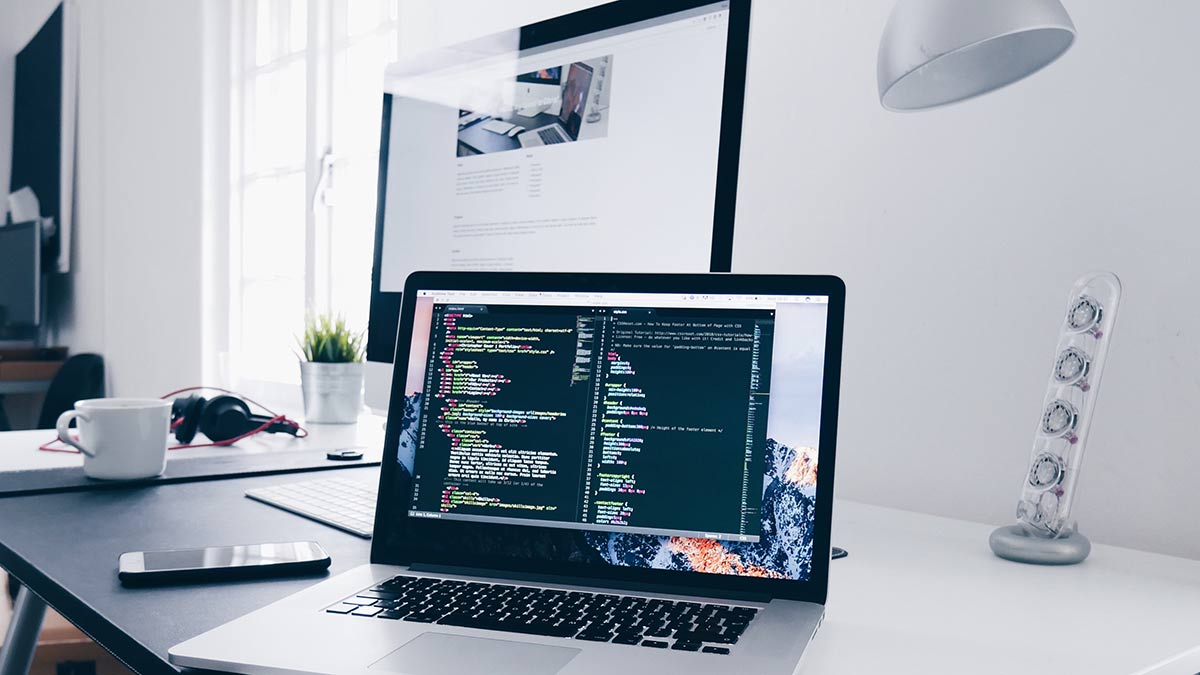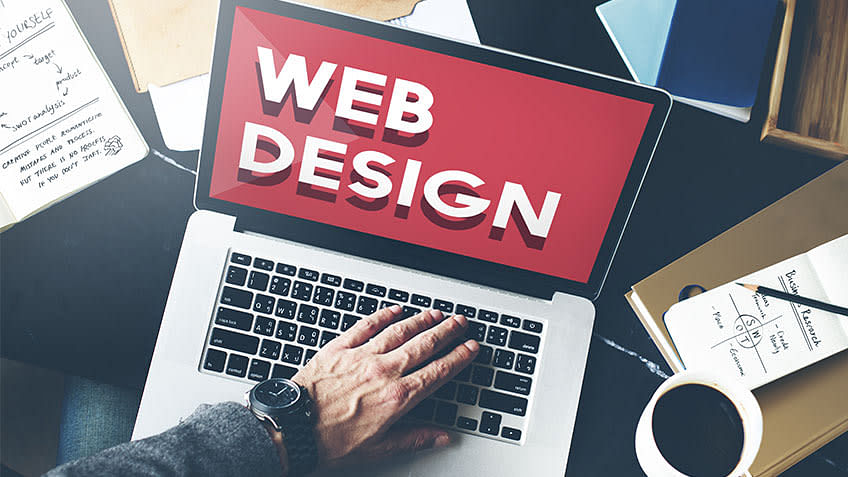Top Patterns Forming the Future of Innovative Web Design
Top Patterns Forming the Future of Innovative Web Design
Blog Article
The Comprehensive Guide to Crafting Aesthetically Appealing and Practical Website Design That Fulfills Customer Demands
In today's digital landscape, the value of crafting internet designs that are both visually attractive and useful can not be overstated. By focusing on user-centered style principles, developers can develop experiences that not just bring in yet additionally retain user interest - web design.
Understanding User-Centered Style
At the heart of reliable website design exists the concept of user-centered layout, a viewpoint that focuses on the needs, choices, and habits of individuals throughout the development procedure. This strategy entails comprehensive research to comprehend the target audience, guaranteeing that the end product reverberates with its designated customers. By incorporating customer comments at every phase, designers can create user interfaces that are not just visually attractive yet user-friendly and also useful.
User-centered design emphasizes empathy, requiring developers to enter the customers' shoes and consider their point of views. Strategies such as user personas, trip mapping, and use screening are utilized to determine pain points and opportunities for enhancement. This repetitive process enables continuous improvement, as developers adapt to progressing user needs and technological improvements.
Including user-centered style causes raised customer fulfillment and involvement, ultimately resulting in higher conversion prices and brand loyalty. It cultivates a collaborative setting where stakeholders, including individuals, designers, and developers, interact to achieve a common vision. By putting users at the forefront of the style procedure, organizations can develop websites that not only satisfy business objectives yet likewise give significant and fulfilling experiences for users.
Secret Principles of Visual Style
Efficient aesthetic style works as the structure for creating interesting and user-friendly websites. It incorporates a number of essential principles that lead developers in crafting aesthetically pleasing and functional user interfaces.
First, balance plays a crucial function in attaining aesthetic harmony. Developers ought to disperse elements uniformly across the layout to prevent frustrating customers. This can be attained with in proportion or unbalanced style strategies.
Next, comparison boosts readability and accentuates essential components. By utilizing varying shades, shapes, or dimensions, developers can develop prime focus that assist users via the web content.
Additionally, positioning is important for arranging information. Regular placement of message and pictures fosters a tidy layout, improving total navigating and user experience.
Closeness also contributes to aesthetic clarity. Organizing associated items with each other help users in comprehending the partnership between different components, making the user interface more user-friendly.
Finally, consistency in style aspects, such as colors, typefaces, and styles, strengthens brand identification and helps customers navigate the site extra easily. By including these vital concepts of visual style, web developers can produce interfaces that are not just aesthetically appealing but additionally useful and user-centered.
Value of Responsive Design
Receptive style is an essential element of contemporary web growth, guaranteeing that sites operate effortlessly throughout a selection of gadgets and screen sizes. As the web landscape evolves, the diversity of devicesâEUR" ranging from smart devices to tablet computers and desktop computersâEUR" requires a style strategy that suits all individuals.
Carrying out responsive style permits a flexible design that immediately adapts based on the individual's display dimensions. This adaptability not just boosts accessibility but additionally boosts usability, as individuals can connect and navigate with the site effortlessly, despite their device.

Furthermore, receptive click over here layout lowers the demand for maintaining several variations of a site, enhancing updates and content management. This efficiency equates right into price financial savings and an extra natural brand name experience across systems.
Enhancing Customer Experience
User experience (UX) is an essential component of website design, affecting how visitors communicate with a website and regard its worth. A well-crafted UX guarantees that customers can browse with ease, locate details easily, and achieve their goals successfully. The design has to consider the user's trip, from the minute they arrive on the website to the completion of their desired action, whether that be purchasing, enrolling in a newsletter, or accessing information.
Crucial element that enhance UX consist of clear navigating, receptive designs, and engaging aesthetic web content. Consistency in style elements such as typefaces, switches, and colors fosters experience, making the website really feel natural. Furthermore, maximizing tons times is vital; users are less most likely to remain on a site that is slow-moving to respond.

Evaluating and Iterating Styles
Evaluating and repeating designs are fundamental procedures that follow the initial creation of an internet site, ensuring that the individual experience stays at the center of any type of adjustments. These phases check include collecting individual feedback, analyzing design efficiency, and making informed alterations to enhance use and interaction.
Use testing permits developers to observe real users as they connect with the internet site, identifying discomfort factors and locations for improvement. Customer studies can supply qualitative insights, capturing user views and choices.
As soon as testing is completed, the iteration stage begins. This includes refining the design based upon the gathered data, prioritizing changes that align with user needs and service goals. Continuous iteration fosters an adaptive layout approach, where the web site progresses in feedback to customer behavior and feedback. By dedicating to rigorous screening and version, developers can create a website that not just meets aesthetic requirements however also supplies read this post here a enjoyable and seamless individual experience.

Conclusion
To conclude, effective website design requires the assimilation of user-centered concepts, vital visual layout components, and responsive structures to create engaging user interfaces. By prioritizing individual requirements and implementing continuous screening and version, designers can refine their creations to boost total fulfillment. The commitment to these practices not only cultivates an aesthetically appealing aesthetic however likewise ensures capability throughout varied tools, ultimately adding to a positive individual experience and boosted involvement.
By prioritizing user-centered layout concepts, developers can create experiences that not just bring in yet also keep customer rate of interest.At the heart of effective internet style exists the principle of user-centered layout, an approach that prioritizes the requirements, choices, and actions of individuals throughout the advancement process. By positioning individuals at the center of the design procedure, companies can produce internet sites that not just meet service objectives however likewise provide fulfilling and purposeful experiences for individuals.
By prioritizing individual requirements and preferences, internet developers can develop experiences that are not only visually attractive however likewise functional, ultimately promoting individual satisfaction and commitment.
Customer studies can supply qualitative insights, catching individual sentiments and choices.
Report this page